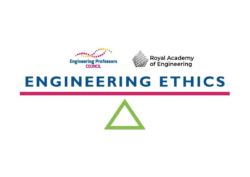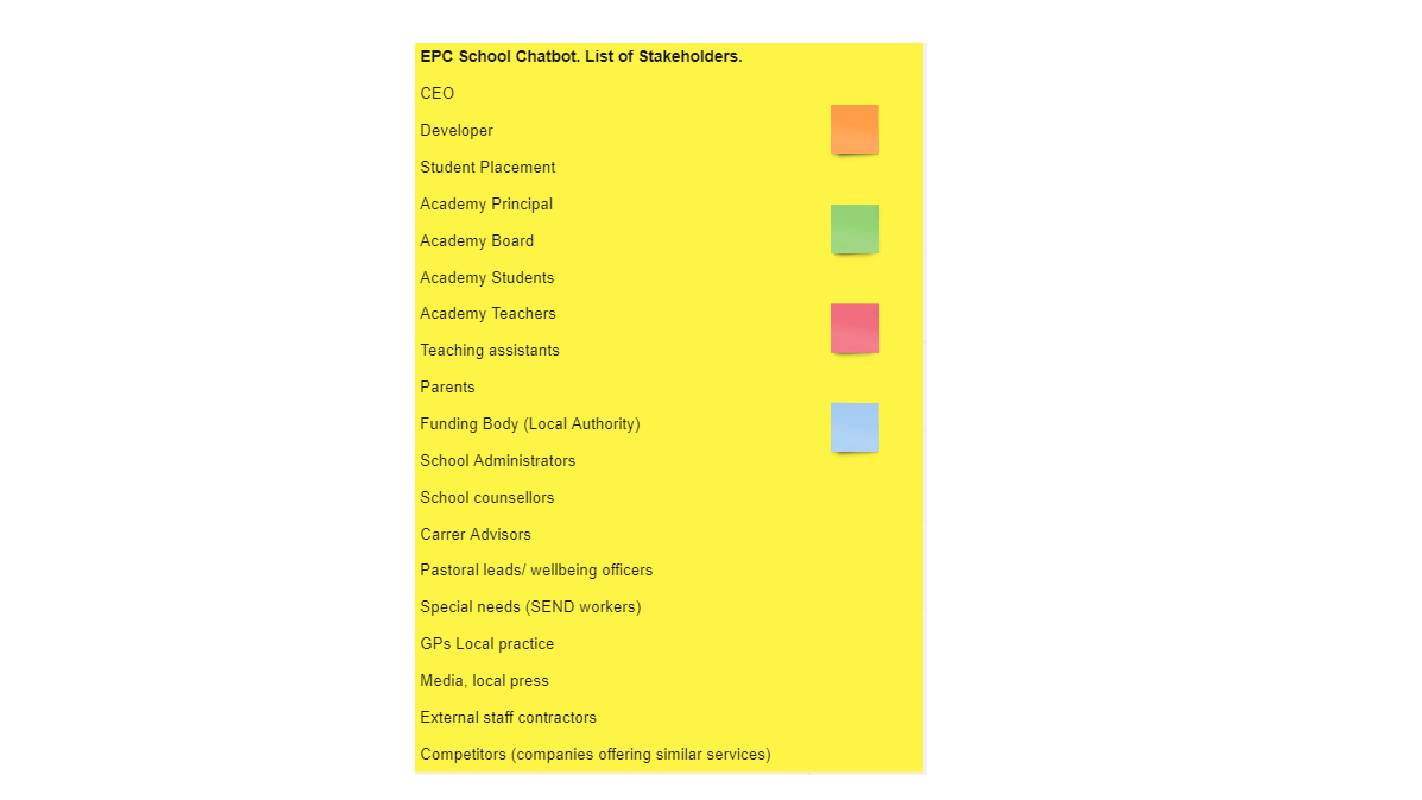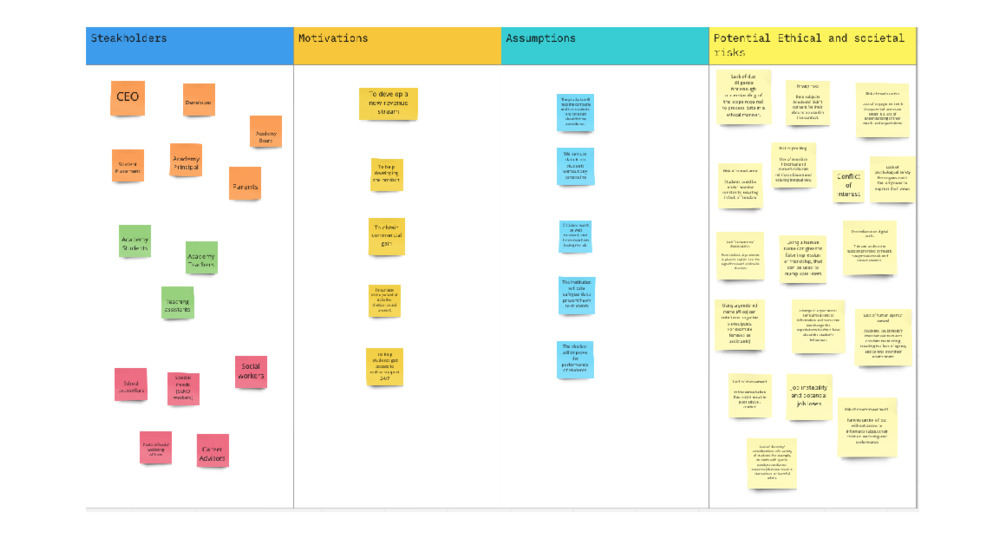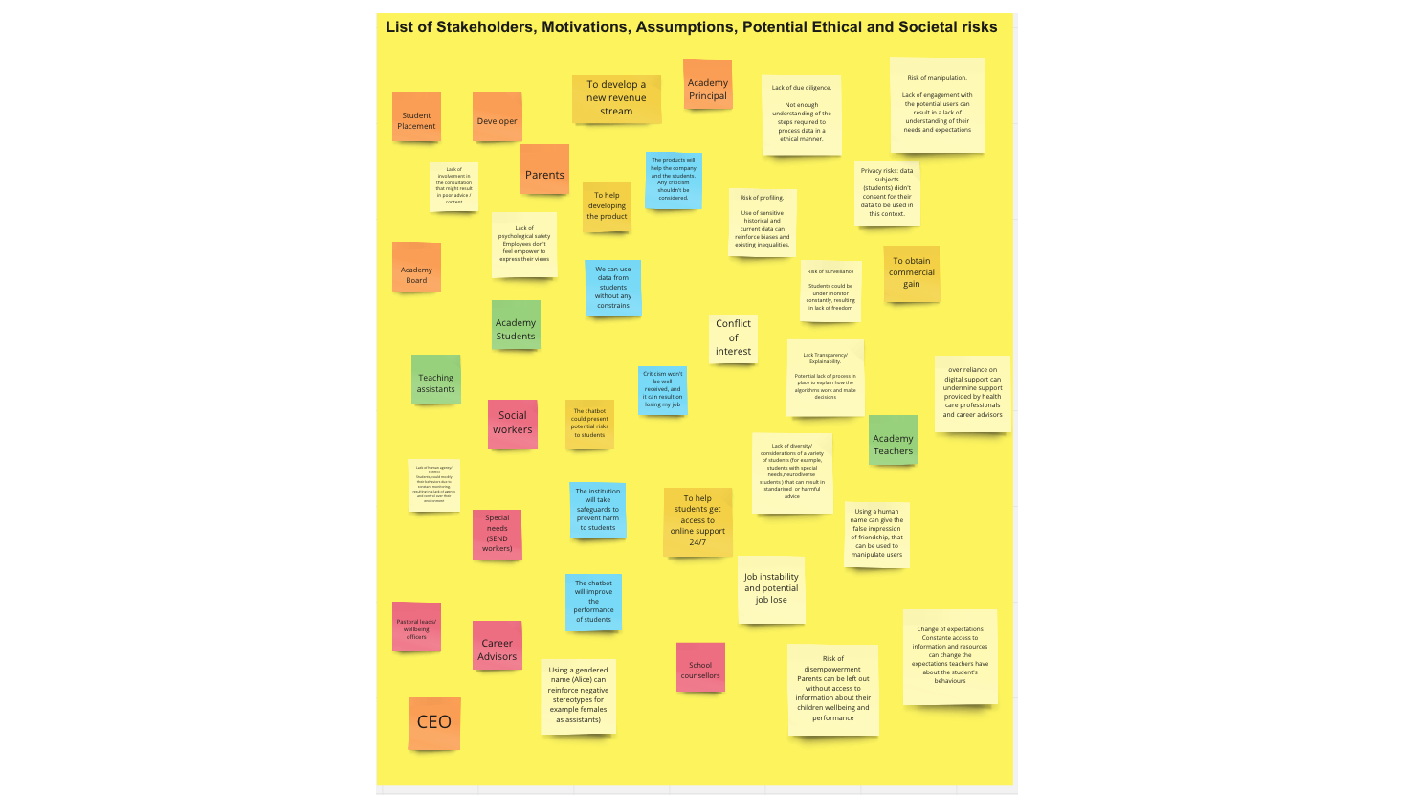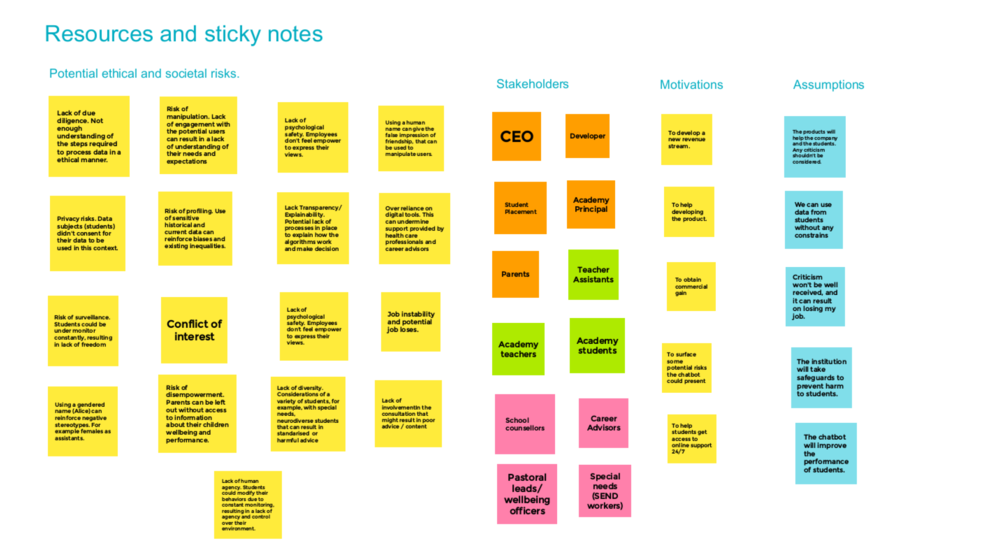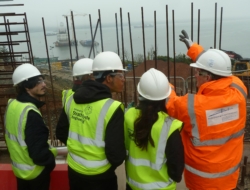In developing the resources for the EPC’s Sustainability Toolkit, we took into account recent scholarship and best practices and reviewed existing material available on sustainability in engineering. You can find links to these online resources in our ever-growing library of engineering education resources on sustainability below. Please note, the resources linked below are all open-source. If you want to suggest a resource that has helped you, find out how on our Get Involved page.
To view a page that only lists library links from a specific category type:
- Sustainability Resources Library (all category types)
- Sustainability Resources Library: Integration tools
- Sustainability Resources Library: Assessment tools
- Sustainability Resources Library: Collaboration resources
Knowledge tools
Listed below are links to resources that support educators’ awareness and understanding of sustainability topics in general as well as their connection to engineering education in particular. These have been grouped according to topic. You can also find our suite of knowledge tools, here.
| Resource | Topic | Discipline |
|---|---|---|
| UN SDG website | Education for Sustainable Development and UN Sustainable Development Goals | General |
| UNESCO’s Education for Sustainable Development Toolbox | Education for Sustainable Development and UN Sustainable Development Goals | General |
| Education for Sustainable Development and UN Sustainable Development Goals | General | |
| Newcastle University’s Guide to Engineering and Education for Sustainable Development | Education for Sustainable Development and UN Sustainable Development Goals | General |
| International Institute for Sustainable Development Knowledge Hub | Education for Sustainable Development and UN Sustainable Development Goals | General |
| PBL, SDGs, and Engineering Education WFEO Academy webinar (only accessible to WFEO academy members) | Education for Sustainable Development and UN Sustainable Development Goals | Engineering-specific |
| Re-setting the Benchmarks for Engineering Graduates with the Right Skills for Sustainable Development WFEO Academy webinar (only accessible to WFEO academy members) | Education for Sustainable Development and UN Sustainable Development Goals | Engineering-specific |
| AdvanceHE’s Guidance on embedding Education for Sustainable Development in HE | Education for Sustainable Development and UN Sustainable Development Goals | General |
| UNESCO Engineering Report | Education for Sustainable Development and UN Sustainable Development Goals | Engineering-specific |
| AdvanceHE – Education for Sustainable Development: a review of the literature 2015-2022 (only accessible to colleagues from member institutions at AdvanceHE – this is a member benefit until October 2025) | Education for Sustainable Development and UN Sustainable Development Goals | General |
| Wackernagel, M., Hanscom, L. and Lin, D. (2017) Making the Sustainable Development Goals consistent with sustainability, Frontiers. (Accessed: 01 February 2024). | Education for Sustainable Development and UN Sustainable Development Goals | General |
| Vertically Integrated Projects for Sustainable Development (VIP4SD), University of Strathclyde (Video) | Education for Sustainable Development and UN Sustainable Development Goals | General |
| Vertically Integrated Projects for Sustainable Development, University of Strathclyde (Study with us) | Education for Sustainable Development and UN Sustainable Development Goals | General |
| Siemens Skills for Sustainability Network Roundtable Article – August 2022 | Education for Sustainable Development and UN Sustainable Development Goals | Engineering-specific |
| Siemens Skills for Sustainability Network Roundtable Article – October 2022 | Education for Sustainable Development and UN Sustainable Development Goals | Engineering-specific |
| Report: World Engineering Day – Engineering for One Planet (2024) | Education for Sustainable Development and UN Sustainable Development Goals | Engineering-specific |
| Siemens Skills for Sustainability Student Survey | Student Voice | Engineering-specific |
| Students Organising for Sustainability Learning Academy | Student Voice | General |
| Students Organising for Sustainability – Sustainability Skills Survey | Student Voice | General |
| Engineers Without Borders-UK Global Responsibility Competency Compass | Competency Frameworks for Sustainability | Engineering-specific |
| Institute of Environmental Management and Assessment Sustainability Skills Map | Competency Frameworks for Sustainability | General |
| Arizona State School of Sustainability Key Competencies | Competency Frameworks for Sustainability | General |
| EU GreenComp: the European Sustainability Competence Framework | Competency Frameworks for Sustainability | General |
| International Engineering Alliance Graduate Attributes & Professional Competencies | Competency Frameworks for Sustainability | General |
| Engineering for One Planet (EOP) – The EOP Framework | Competency Frameworks for Sustainability | Engineering-specific |
| Ellen Macarthur Foundation’s Circular Economy website | Broader Context , Circular economy | Engineering-specific |
| GreenBiz’s Cheat Sheet of EU Sustainability Regulations | Broader Context , Regulations | General |
| Green Software Practitioner – Principles of Green Software | Broader Context , Software | Engineering-specific |
| Microsoft’s Principles of Sustainable Software Engineering | Broader Context , Software | Engineering-specific |
| Engineering Futures – Sustainability in Engineering Webinars (You will need to create an account on the Engineering Futures website. Once you have created your account, navigate back to this link, scroll down to ”Sustainability in Engineering Webinars” and enter your account details. Click on the webinar recordings you wish to access. You will then be redirected to the Crowdcast website, where you will need to create an account to view the recordings.) | Broader Context, Engineering | Engineering-specific |
| Innes, C. (2023) AI and Sustainability: Weighing up the environmental pros and cons of Machine Intelligence Technology., Jisc – Infrastructure. (Accessed: 01 February 2024). | Broader Context, Artificial Intelligence | Engineering-specific |
| Arnold, W. (2020a) The structural engineer’s responsibility in this climate emergency, The Institution of Structural Engineers. (Accessed: 01 February 2024). | Broader Context, Structural engineering | Engineering-specific |
| Arnold, W. (2017) Structural engineering in 2027, The Institution of Structural Engineers. (Accessed: 01 February 2024). | Broader Context, Structural engineering | Engineering-specific |
| Arnold, W. (2020b) The institution’s response to the climate emergency, The Institution of Structural Engineers. (Accessed: 01 February 2024). | Broader Context, Structural engineering | Engineering-specific |
| Litos , L. et al. (2023) An investigation between the links of sustainable manufacturing practices and Innovation, Procedia CIRP. (Accessed: 01 February 2024). | Broader Context, Manufacturing | Engineering-specific |
| UAL Fashion SEEDS: Fashion Societal, Economic and Environmental Design-led Sustainability | Broader Context, Design | General |
| ISTRUCTE – Sustainability Resource Map |
Broader Context, Engineering | Engineering-specific |
Any views, thoughts, and opinions expressed herein are solely that of the author(s) and do not necessarily reflect the views, opinions, policies, or position of the Engineering Professors’ Council or the Toolkit sponsors and supporters.
Author: The Sustainability Resources Library was produced by Crystal Nwagboso (Engineering Professors Council).If you want to suggest a resource that has helped you, find out how on our Get Involved page.

